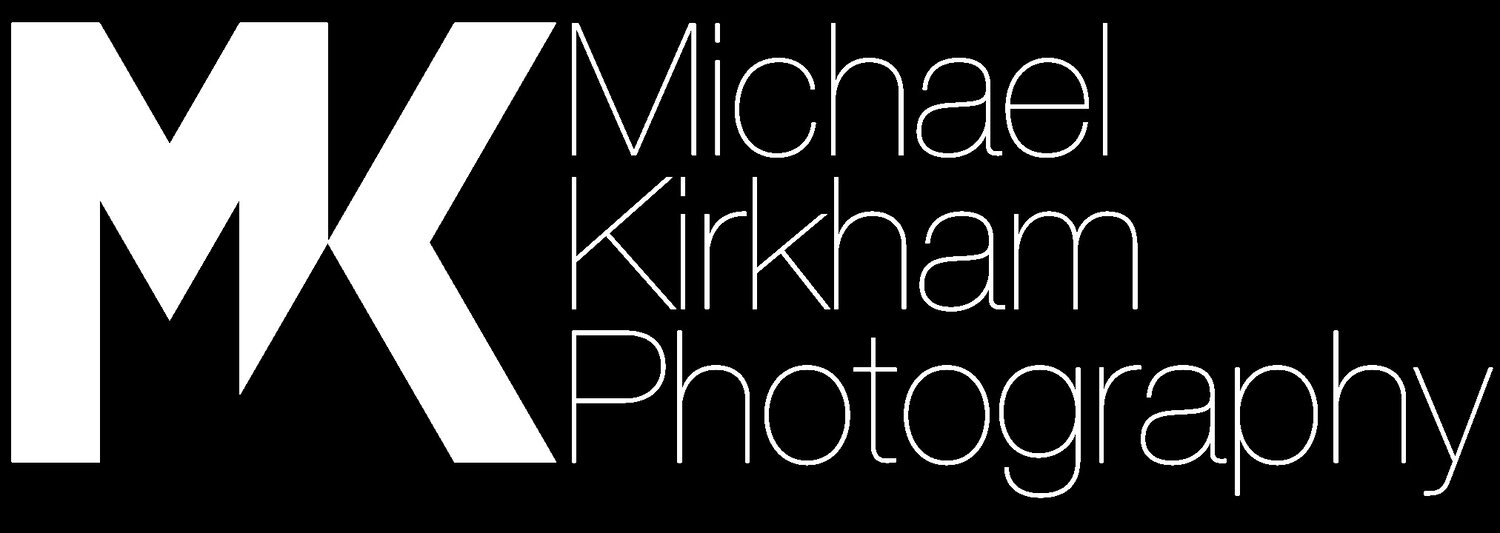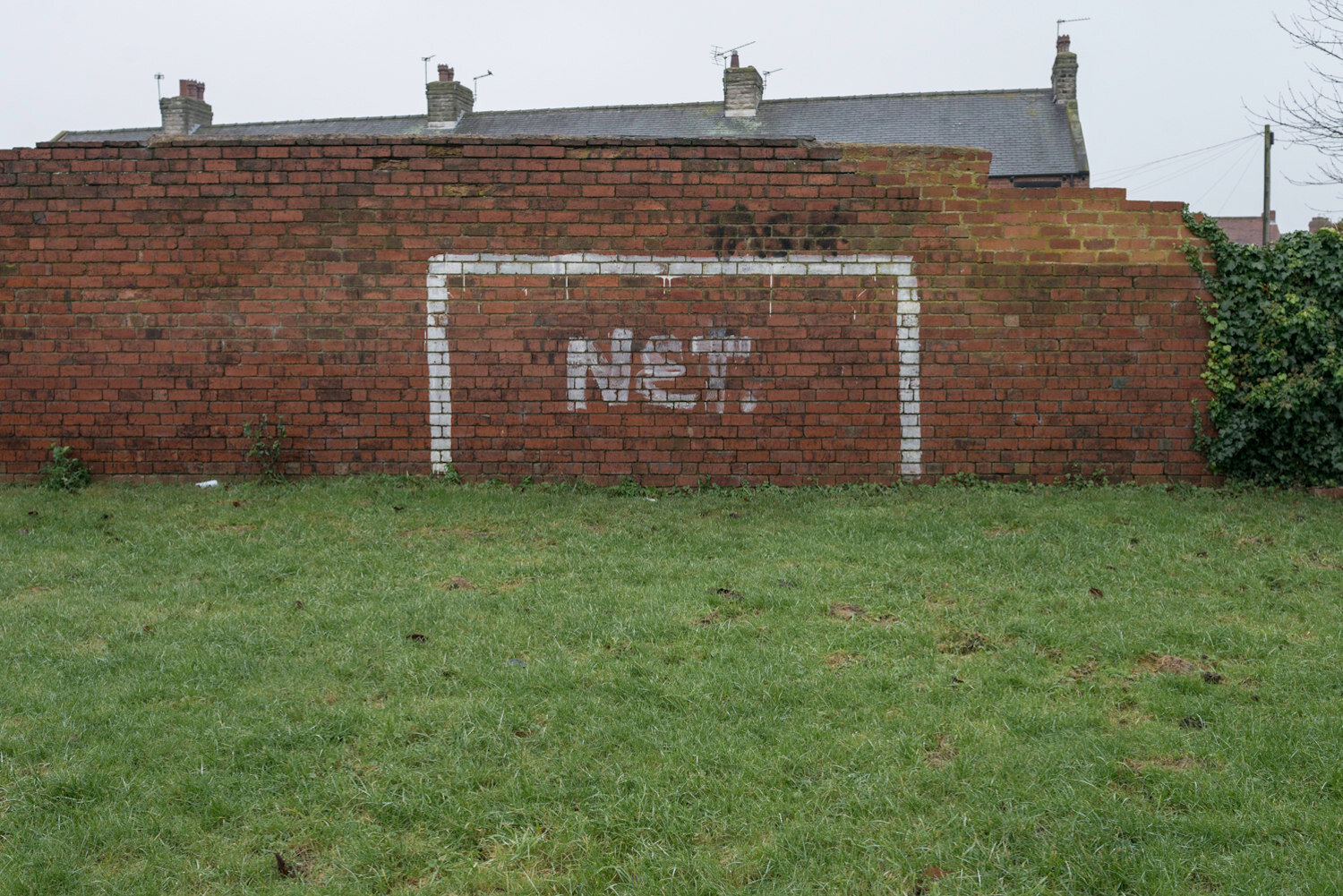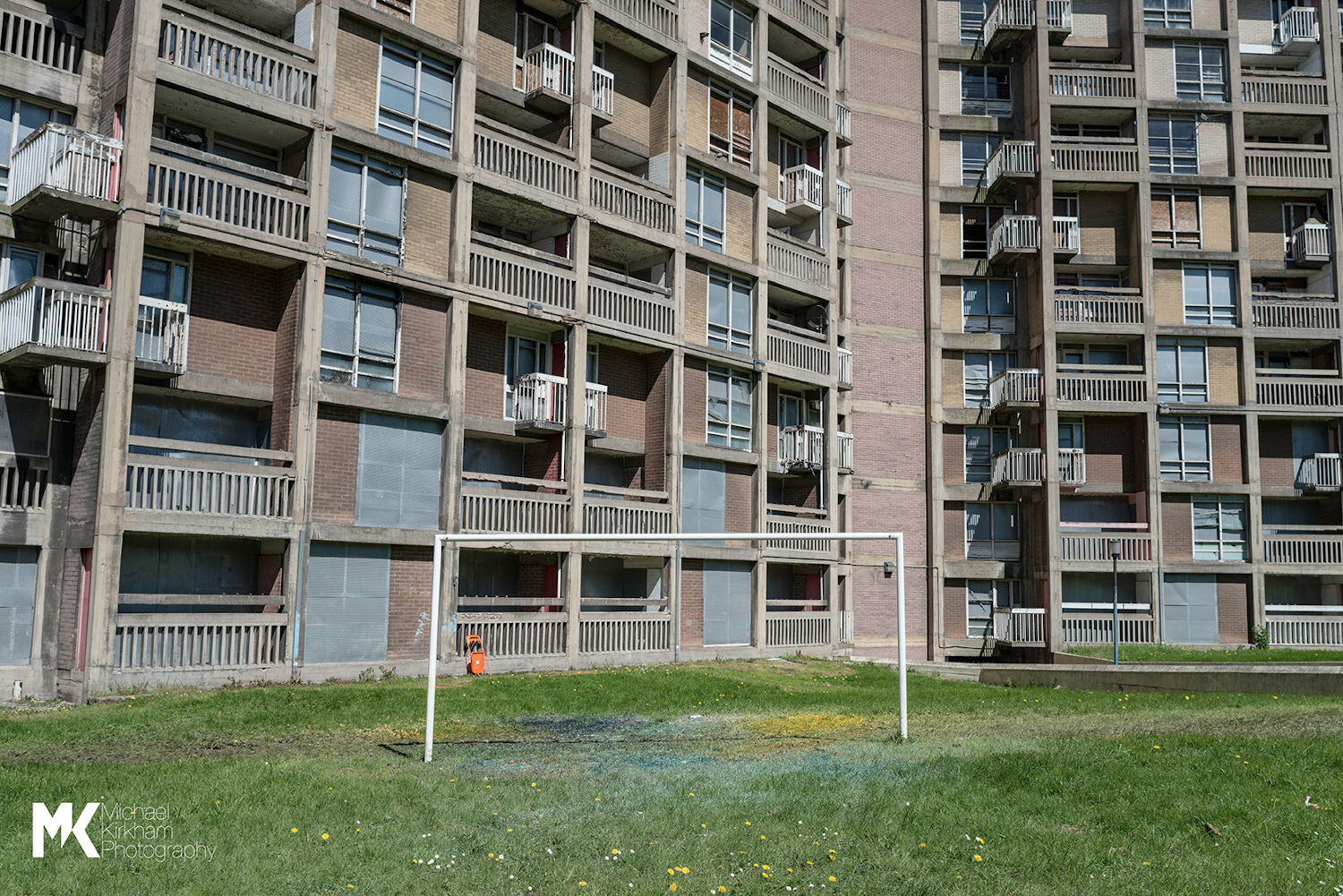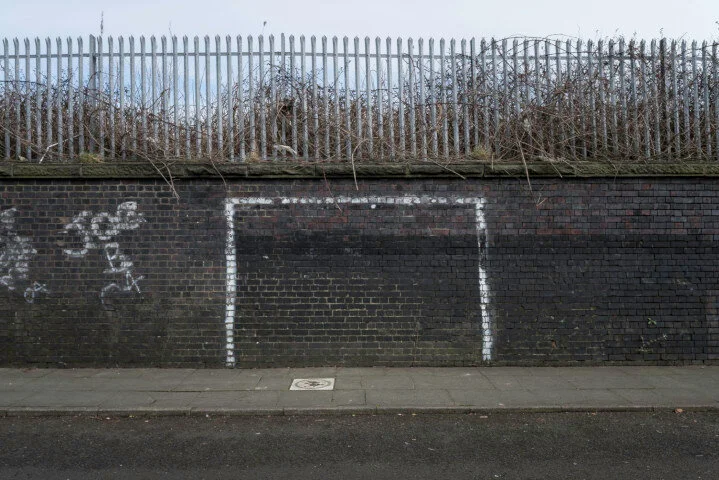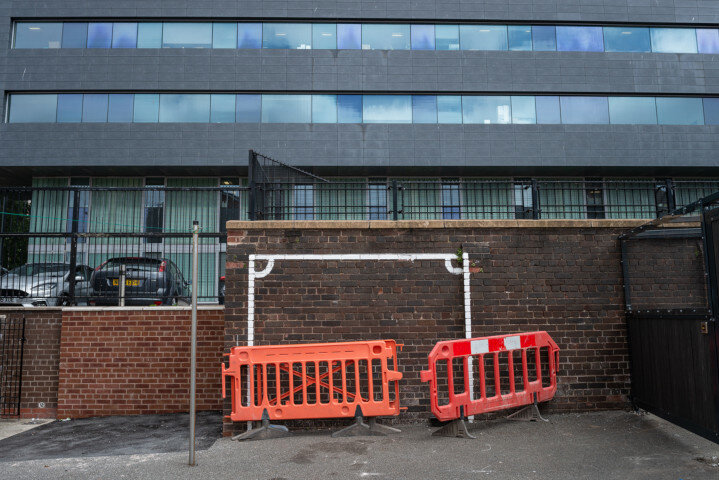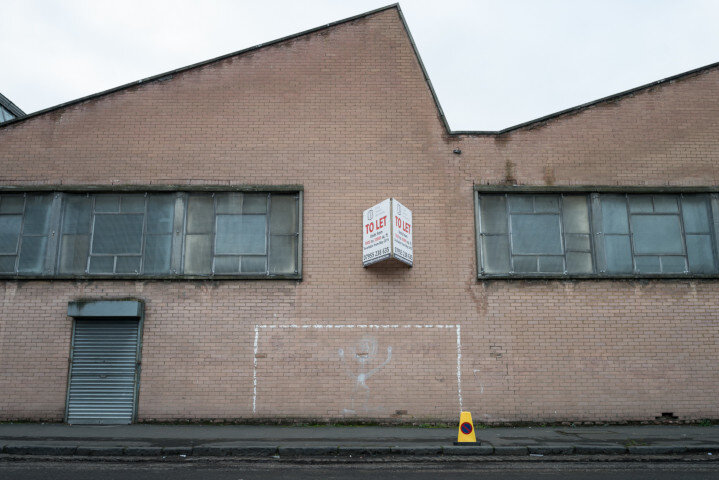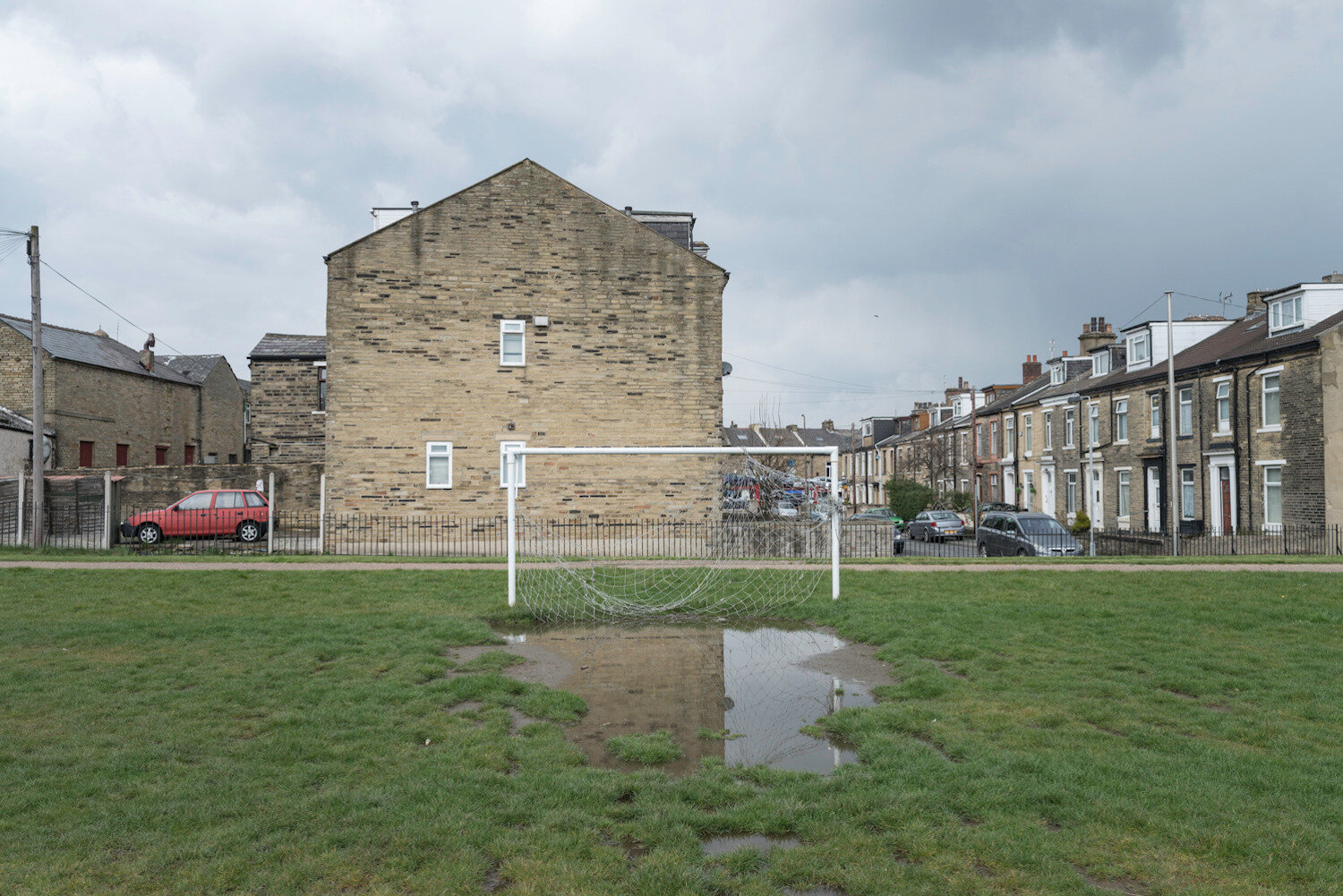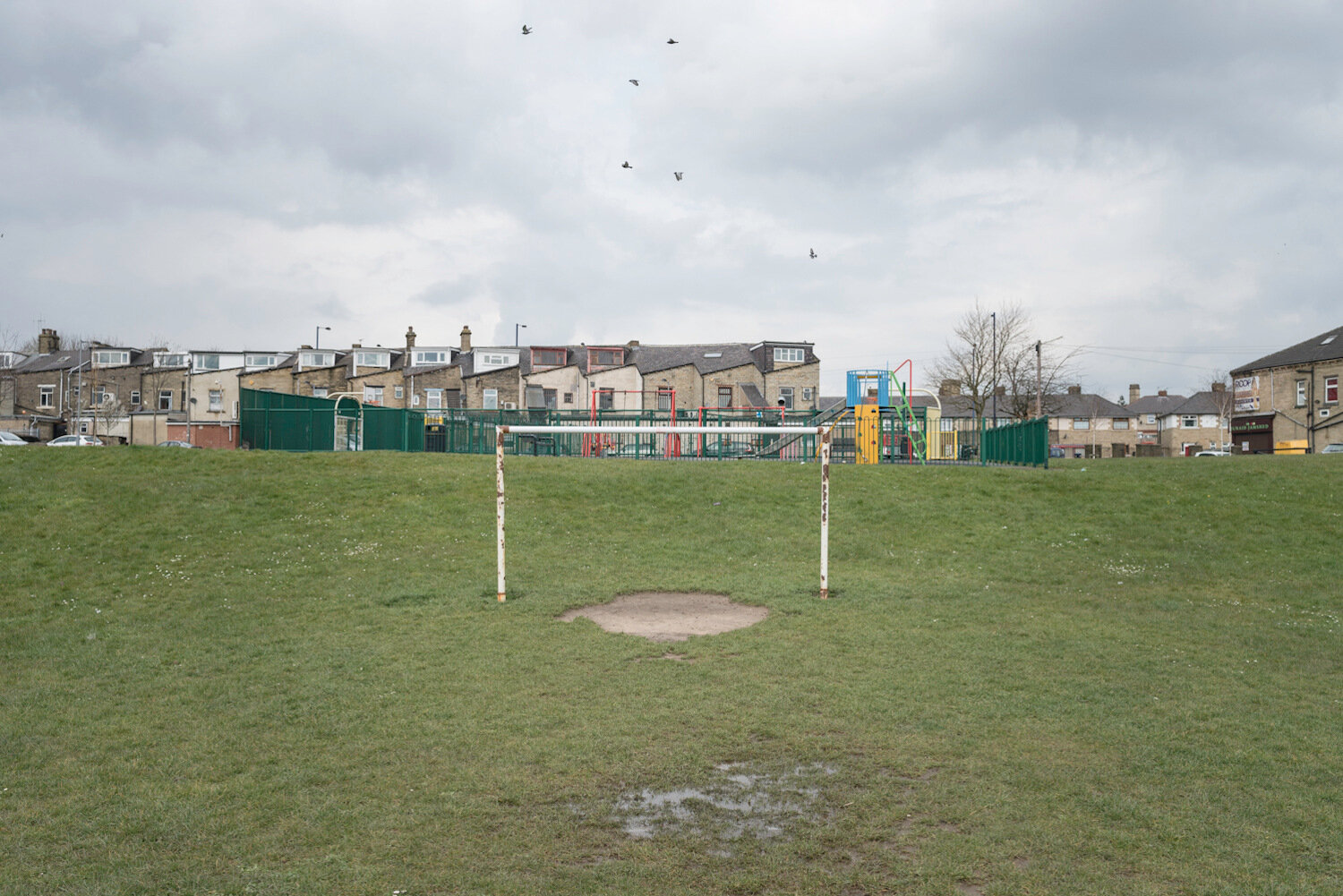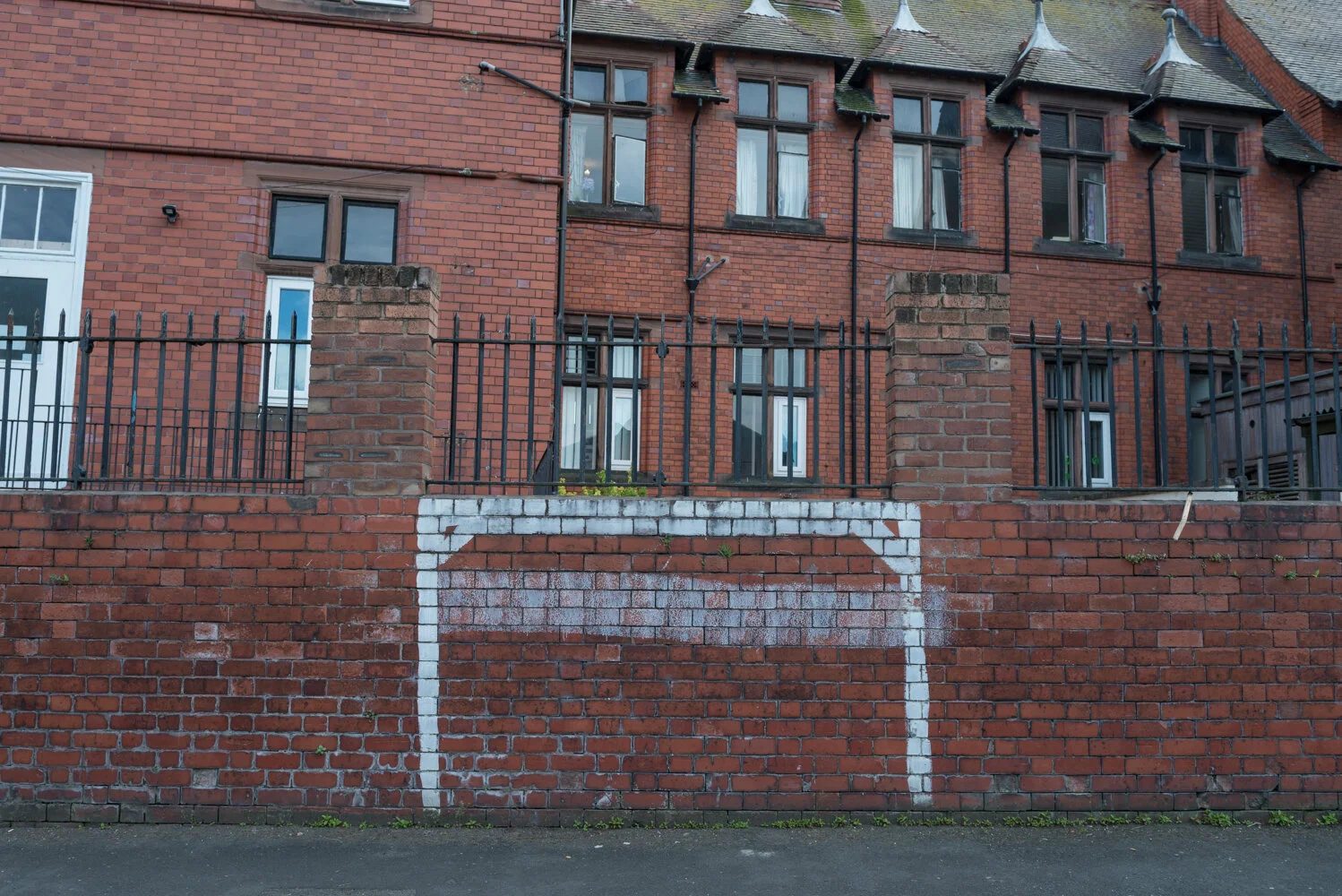Urban Goals
Urban Goals
Few relics of childhood stir as an Urban Goal does. The crumbling brick. The ghost-like aura. The subtle nuances from goalmouth-to-goalmouth. They are icons of inner city life. Mementos of innumerable 'happy hours’, before boys and girls found alcopops.
Reminding us of our halcyon youth, they transport to a time when being the next Robbie Fowler or playing at Wembley was a distinct possibility. Within its stout frame lies football’s romance; breathing in a different realm to astronomical TV deals and Sepp Blatter. A place where the game is still beautiful.
The sight of an Urban Goal doesn’t just evoke dough-eyed sentimentalism. Their fading paint reflects the dislocation of football from the working class neighbourhoods you’ll find them in; the same neighbourhoods most professional clubs grew out of. They expose economic and cultural truths.
Look hard enough and you’ll see inequality, disadvantage and the eyes of the disenfranchised. Their existence in the twenty-first century paints a striking picture of social progress in Britain. Children are still wanting. Yet it’s the kids of these goals that will rise to the apex of the game. The Craig Bellamy’s and Wayne Rooney’s of the world. Look harder and you’ll see dreams.
